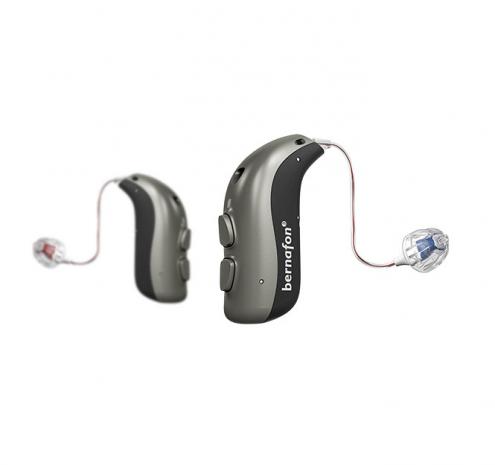
Breaking News
 Red Light Therapy And Men's Health: Does It Really Work?
Red Light Therapy And Men's Health: Does It Really Work?
 Kash Patel's New FBI Clown Show - The Bizarre Interview He Will Regret For The Rest of His Life
Kash Patel's New FBI Clown Show - The Bizarre Interview He Will Regret For The Rest of His Life
 One Rifle I Trust for Everything
One Rifle I Trust for Everything
 The West Coast Is Being Absolutely Pummeled By Trillions Of Gallons Of Rain, Wind Speeds Of Up...
The West Coast Is Being Absolutely Pummeled By Trillions Of Gallons Of Rain, Wind Speeds Of Up...
Top Tech News
 This tiny dev board is packed with features for ambitious makers
This tiny dev board is packed with features for ambitious makers
 Scientists Discover Gel to Regrow Tooth Enamel
Scientists Discover Gel to Regrow Tooth Enamel
 Vitamin C and Dandelion Root Killing Cancer Cells -- as Former CDC Director Calls for COVID-19...
Vitamin C and Dandelion Root Killing Cancer Cells -- as Former CDC Director Calls for COVID-19...
 Galactic Brain: US firm plans space-based data centers, power grid to challenge China
Galactic Brain: US firm plans space-based data centers, power grid to challenge China
 A microbial cleanup for glyphosate just earned a patent. Here's why that matters
A microbial cleanup for glyphosate just earned a patent. Here's why that matters
 Japan Breaks Internet Speed Record with 5 Million Times Faster Data Transfer
Japan Breaks Internet Speed Record with 5 Million Times Faster Data Transfer
 Advanced Propulsion Resources Part 1 of 2
Advanced Propulsion Resources Part 1 of 2
 PulsarFusion a forward-thinking UK aerospace company, is pushing the boundaries of space travel...
PulsarFusion a forward-thinking UK aerospace company, is pushing the boundaries of space travel...
 Dinky little laser box throws big-screen entertainment from inches away
Dinky little laser box throws big-screen entertainment from inches away
 'World's first' sodium-ion flashlight shines bright even at -40 ºF
'World's first' sodium-ion flashlight shines bright even at -40 ºF
"Hearing contact lens" claimed to outperform regular hearing aids

Described as a "hearing contact lens," the device is being manufactured by German startup Vibrosonic. It incorporates technology developed by researchers at the University of Tübingen and the Fraunhofer Institute for Manufacturing Engineering and Automation.
The one external component of the setup is a battery-equipped signal-processing module that is worn behind the ear. It's hard-wired to a smaller module that sits inside the ear canal. That module is in turn connected to the piezoelectric micro-loudspeaker, which is placed against the eardrum.
When the system's microphone picks up external noises, they're relayed to that tiny speaker, which vibrates the eardrum accordingly. Vibrosonic states that because the transmitted sounds don't have to travel through an air gap within the ear canal, there's less distortion and less interference from wind noise blowing into the ear.
Additionally, it is claimed that the technology is capable of amplifying sound across the complete audible frequency spectrum – ranging from less than 80 hertz up to 12 kilohertz – which conventional hearing aids are unable to do.
Each micro-loudspeaker is custom-made to fit the uniquely shaped eardrum of each individual user. And although the internal components do stay inside the ear canal more or less permanently, no surgery is required for their initial installation. Plans do call for the system to be further miniaturized, which will include doing away with the external module and incorporating its functions into the ear-canal module.



